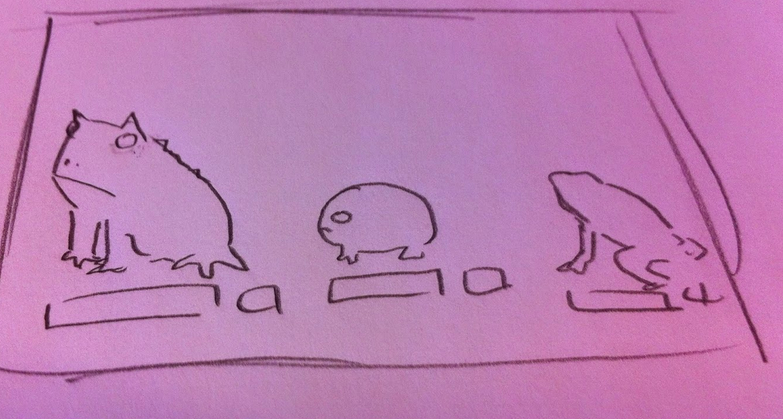For the practical element of 505 I have decided to focus on inspiring a new generation to have trust in science and the scientific process.
The main problem I encountered through my research was that most adults who deny science, refuse to vaccinate their children and believe in 'alternative' medicine are stubbornly set in their ways. No matter what data or facts are presented to the they will ignore it and continue with their own belief, in fact any data opposing their belief is more likely to make them believe it more rather than cast doubt.
This is why I think it's important to target children with my project instead of adults, appealing to a generation who have yet to make up their own minds is more beneficial than trying to change someone who is set in their ways. And the way I'm going to achieve this is through the production of a children's book that encourage critical thinking.
The books will focus on questions from a variety of scientific topics including medicine, physics, biology, chemistry and psychology presenting the information in very easy to understand formats with brightly coloured illustrations and a friendly tone of voice.
These stories will encourage children to believe something not because someone told them to or because it's always been that way, but because there is evidence for it. The plots will begin with a question and go through the answer in a simplified way, questions like why is the sky blue? For physics or why does the camel have a hump? for biology.
The research I will be conducting for this brief include finding out answers to scientific questions for the plot lines, as well as looking into existing children's books to gauge the appropriate tone of voice and writing style. I will also be researching and experimenting different illustration styles to find the one most appropriate.

























































